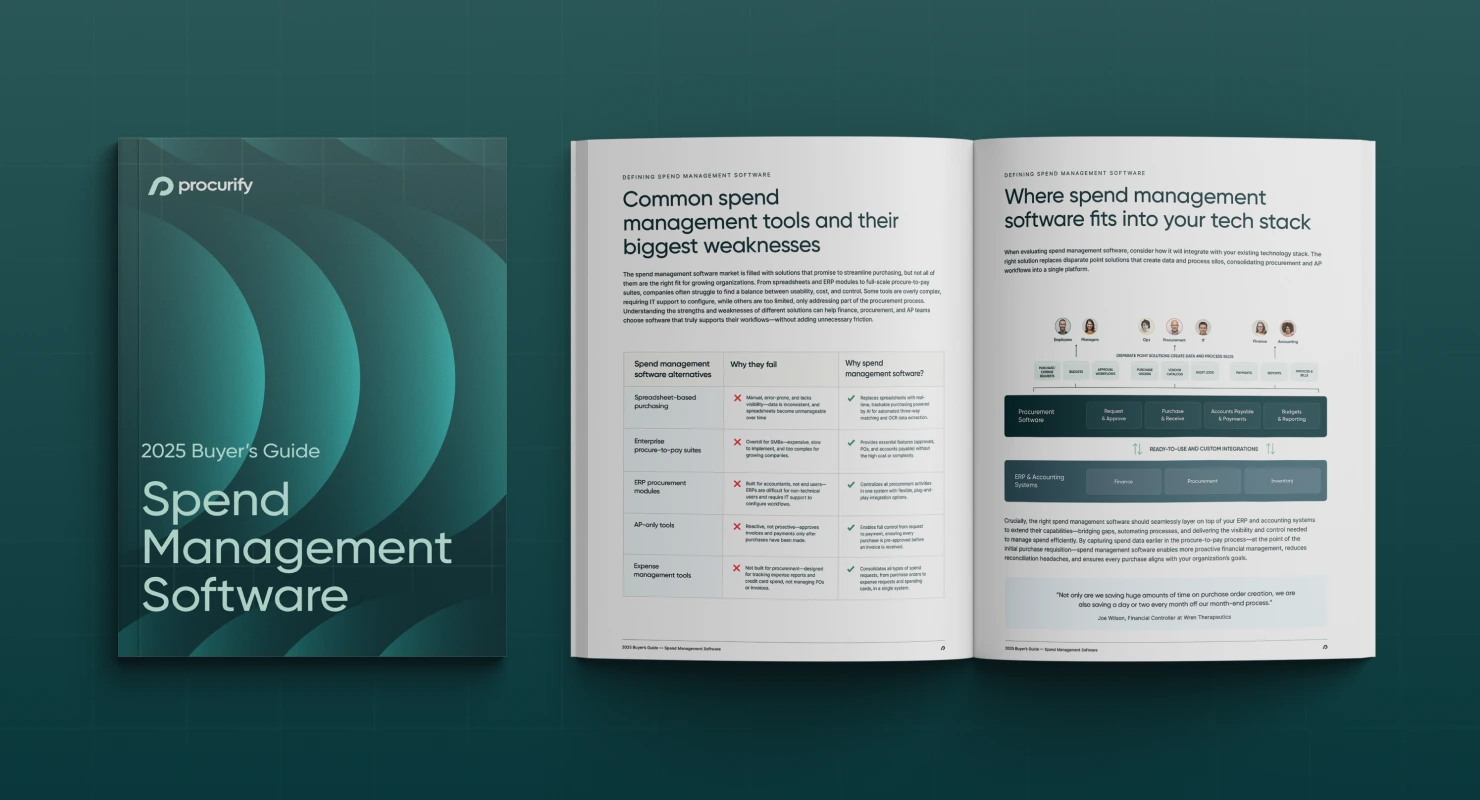Lessons from a Remote Virtual CFO Firm – Jody Grunden, CEO of Summit CPA
Lessons Learned from a Fully Remote Virtual CFO Firm
In this episode, Jody Grunden, the CEO and Co-Founder of Summit CPA shares his tip on successfully working remotely as a pioneer in the virtual CFO space. He also lets us in on what well-run companies do differently within a crisis, from a financial perspective.

Speakers: Jody Grunden, CEO & Co-Founder, Summit CPA Group
Jody Grunden is the Co-Founder and CEO of Summit CPA Group, the leading provider of Virtual CFO Services in North America. He is passionate about changing the way people think about accounting. Author of Digital Dollars and Cents, Jody literally wrote the book on helping digital companies create a financial roadmap to success.
Listen to the Episode Here:
Listen to Spend Culture: Stories of CFOs and Company Culture
Notable Quotes:
What are some of the tips and tricks that you’ve been sharing with your clients to make sure that they’re also prepared for the shift to a remote model?
Yeah, so I guess from working from home, it’s not a difficult process if you’ve got the right tools and communications in place. I would say communication is by far the number one thing that we have to adjust to internally, as well as for external clients.
Set an Expectation for Timely Communication
You know, I just spoke with the prospect just a few minutes ago, actually, and they said they hired this great CFO, but it takes them a long time to respond. I go: “Is it normal for you, for your team to respond to three days later, maybe even a week or two later about a question that you thought was pretty important?” And it’s like, no – that’s not how that’s supposed to be done. We meet weekly, and we tell our CFOs that you’ve gotta respond back, even if it’s just simply: “Hey, I don’t know the answer right now. Get back with me tomorrow at 3 o’clock” – you know, that type of thing.
That is the response that every person deserves. And so, you know, again, response time is like one of the biggest things that we focus on with our team. And you do that through different mediums. Some people use traditional email. Some actually use the phone – that’s kind of an archaic thing for us. But the majority of the time we actually communicate through video conferencing. And that’s been huge internally and externally.
Do Remote Calls – With Video On
We use a product called Sococo for our internal video conferencing that we use different products like go to meetings or Google Hangouts for external clients. We find that by being on video, it’s very easy to communicate and to make sure that clients understand that I’m paying attention, and I understand what they are saying.
It just really forces the communication. So it makes it really nice internally with our own team. It’s great because I’m a very extroverted type person. And with that, I get I feel like I talk to more people during the day working from home than I ever had working from the office. It’s because everybody’s there and you’re seeing people in there popping and popping out. And it’s just it’s very rewarding on that.
Prevent Interruptions With Scheduling Specific Times & Cadences
Schedule specific times and have good cadences for the meetings to make everything work well so that you’re not interrupted, you know, 20 times during the day with 20 different clients. That type of thing. So you have to really set your processes in place and strong processes in order for everything to work out. But I’d say the number one thing is tools and the communication amongst the team for sure.
So from a client’s perspective, what are some of the challenges that they are facing right now during this shift to remote and within a post COVID world?
Scenario Planning and Building a Healthy Forecast
Yes. The biggest thing, obviously, for them is that, you know, hey, what do I do next? There’s a lot of panic and uncertainty out there. And it’s like me as a business owner – I don’t wanna make the wrong mistake because I normally have myself to look forward out for, but I’ve got 50 people, 30 people. It’s not even just the 30 people on my team, I’ve also got their spouses and maybe their kids.
We have been meeting with these clients on a pretty much every other day, everyday basis. Really helping them plan, forecast, helping in the side. What I have to do to make sure I don’t just break even? What does the different scenarios look like?
And it all comes back to just having that confidence and pressuring that with the business owner and then help them manage that decision, not make the decision for them, because nine times out ten, they know what that decision is. You’re just helping them, by providing the data and financial expertise.
So what are some of the things that you’ve seen between well-run companies versus a company that’s not really prepared for a crisis?
Having Cash Reserves and a Healthy Runway
It’s pretty obvious at this point because those that have a lot of cash or are the well-run companies, those that are really tight on cash means there is an issue there at some point.
We tell our clients that you want to have at least ten percent of your annualized revenue in the bank at all times. If you’re a million-dollar business, you want to have at least one hundred thousand dollars. In reality, you want to have between 10 to 30 percent because 10 percent generally makes up about two months’ worth of expenses, 30 percent, about six months. So when you do the math and you’re a server space company, that’s pretty much what it comes down to. Not exactly, but very close.
Build Safety Nets – Leave Enough Cash for Taxes and Get a Line of Credit
In addition to that, yeah, you want to have enough for taxes. So 40 percent of your net income, you’re forecasted net income should be, you know, moving through that tax account. If you really did a great job with your forecast, the amount at the end of the year should be the amount that they owe taxes – it should be a safety net for them. We tell them to have that 10 percent, have that 30 percent.
In addition to that, we always tell them to have a line of credit, no matter if you use it or not, it’s like an insurance blanket. And then you want that to be roughly that 10 percent of annualized revenue or as much as the bank will lend. And a lot of times the bank won’t lend, especially if they’re a service-based company if they don’t have a lot of assets. But they will lend if you’re profitable and so forth. And so that’s where that line of credit comes into play.
Questions to Ask Yourself
And a lot of times the decisions are making are very emotionally driven because cash will do that for you. If you have a lot of cash at this point, you’re looking for opportunities. If you don’t have a lot of cash, you’re just looking to survive. And that’s the big thing that we’re seeing now. So those with cash are the ones that are the ones that ran their business well. Now, what I do tell people also is that, hey, if you don’t have the cash right now and you make it through this, the questions you should ask yourself are:
“What I need to do to build that cash reserve?” and also,
“What can I do now to find to my company so that my company is in a position that it’s actually profitable and it’ll actually build cash?”
This interview is taken from an episode of the Spend Culture Stories podcast.
- Ryan Lazanis of Future Firm on forward-thinking accountants in the new normal
For more tips on remote work practices for accounting teams and CFOs, check out:
- 8 tips for running a successful virtual month-end close
Subscribe and help us grow
Did you enjoy the podcast? Subscribe to the Spend Culture podcast on Spotify, Apple Podcasts, or wherever you listen to podcasts. If you have an extra 10 seconds, please leave us a rating or review to help us grow. Have recommendations for future podcasts? Contact our host at dani.hao [at] procurify.com.

2025 Spend Management Software Buyer’s Guide
Choose the spend management solution best suited to your organization’s needs with an overview of the 2025 software ecosystem, feature comparisons, and a free vendor capability evaluation checklist.
